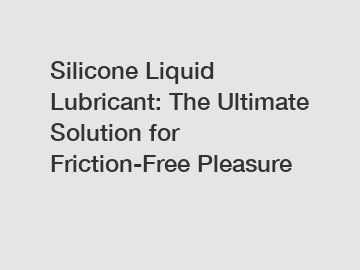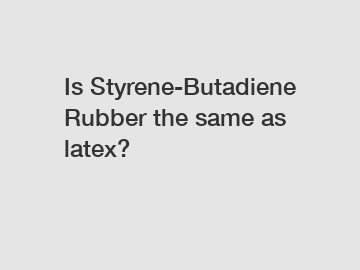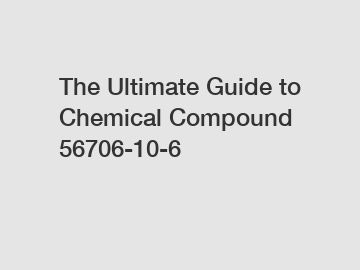Surfactants play a crucial role in various industries, serving as versatile compounds that can lower the surface tension between different phases. Anionic surfactants, in particular, are known for their excellent cleaning and foaming properties.

Anionic surfactants are characterized by having a negatively charged hydrophilic (water-attracting) head and a hydrophobic (water-repelling) tail. This unique structure imparts them with the ability to interact with both water and oil, making them effective in a wide range of applications.
Examples of Anionic Surfactants:
Sodium Lauryl Sulfate (SLS):
Structure: CH₃(CH₂)₁₁OSO₃Na
Application: Commonly used in personal care products such as shampoos, body washes, and toothpaste for its excellent foaming and cleaning properties.
Sodium Laureth Sulfate (SLES):
Structure: CH₃(CH₂)₁₁(OCH₂CH₂)nOSO₃Na
Application: Similar to SLS, SLES is widely used in personal care products and household cleaners for its foaming and emulsifying abilities.
Linear Alkylbenzene Sulfonates (LAS):
Structure: R-C₆H₄-SO₃X (X can be Na, K, or other cations)
Application: Commonly used in laundry detergents and household cleaners for their effective cleaning and emulsifying properties.
Alpha Olefin Sulfonates (AOS):
Structure: R-CH=CH(CH₂)nSO₃X (X can be Na, K, or other cations)
Application: Used in personal care products and industrial applications for their high detergency and wetting capabilities.
Soaps (Fatty Acid Salts):
Phosphates (Phosphoric Ester Salts):
Structure: ROPO₃³⁻² (R can be an alkyl or aryl group)
Application: Historically used in detergents for their ability to sequester calcium and magnesium ions, enhancing cleaning efficiency.
Applications of Anionic Surfactants:
Detergents:
Personal Care Products:
Industrial Cleaners:
Textile Processing:
Emulsion Polymerization:
Environmental Considerations:
While anionic surfactants are widely used and effective, there are environmental concerns associated with some members of this class. Efforts are being made to develop more environmentally friendly surfactants and formulations to mitigate potential impacts.
Conclusion:
Anionic surfactants represent a diverse class of compounds with a wide range of applications in cleaning, personal care, and industrial processes. As industries continue to evolve, there is a growing emphasis on developing sustainable and environmentally friendly surfactants to meet the demands of a changing world. Understanding the structures, applications, and environmental considerations of anionic surfactants is crucial for informed decision-making in various sectors.
Additional resources:Ultimate Guide to Construction Industry HPMC: Benefits, Uses & FAQsWhat are the benefits of using HPMC for caulking gypsum?Redispersible Latex Powder - hpmc cellulose supplierUses for Spray Adhesive in CosplayHow to Choose RDP for Gypsum Mortar: A Comprehensive GuideWhat Are the Benefits of Hydroxyethyl Cellulose?Ultimate Guide to Latex Carpet Backing Benefits













Comments
All Comments ( 0 )